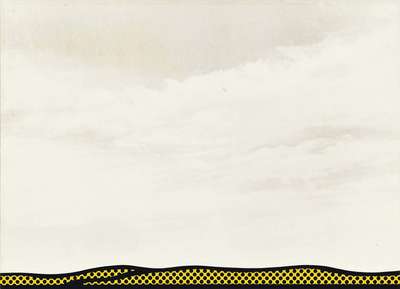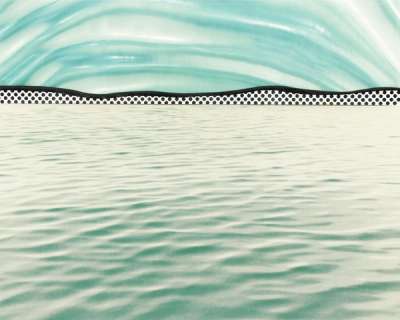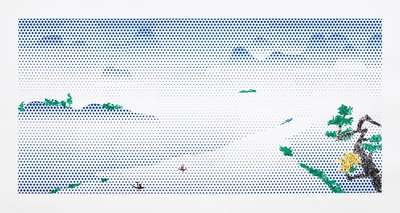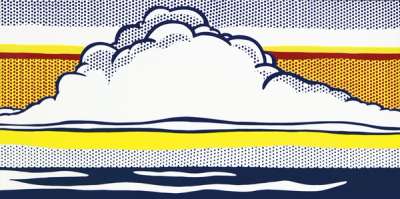
Landscape 1

Landscape 1
Signed Print
Roy Lichtenstein
£7,500-£11,000Value Indicator
$15,000-$22,000 Value Indicator
$13,500-$20,000 Value Indicator
¥70,000-¥100,000 Value Indicator
€9,000-€13,500 Value Indicator
$70,000-$110,000 Value Indicator
¥1,420,000-¥2,080,000 Value Indicator
$9,500-$14,000 Value Indicator
AAGR (5 years) This estimate blends recent public auction records with our own private sale data and network demand.
There aren't enough data points on this work for a comprehensive result. Please speak to a specialist by making an enquiry.
Medium: Screenprint
Edition size: 100
Year: 1967
Size: H 41cm x W 54cm
Signed: Yes
Format: Signed Print
TradingFloor
Track this artwork in realtime
Watch artwork, manage valuations, track your portfolio and return against your collection
Track auction value trend
Auction Results
| Auction Date | Auction House | Location | Hammer Price | Return to Seller | Buyer Paid |
|---|---|---|---|---|---|
| July 2020 | Phillips New York | United States | |||
| June 2018 | Galerie Kornfeld | Germany | |||
| July 2014 | Christie's New York | United States | |||
| March 2012 | Christie's London | United Kingdom |
Meaning & Analysis
In the mid-1960s, Roy Lichtenstein put his renowned comic book motifs on hold. Instead, the artist began exploring the formal qualities of landscape painting. He worked on his vast Landscapes, Moonscapes and Seascapes for over three decades. As part of this extensive project, Lichtenstein completed several autonomous portfolios.
Ten Landscapes was created in 1967. The ten-part suite transforms landscapes into brilliant superimpositions of colours and shapes. Landscape I is a calculated portrait of a bright yellow desert. Preparatory drawings and layered stencils ensure the print’s graphic finish.
The work relies exclusively on Lichtenstein’s characteristic formal vocabulary of defined contours, dense patterns, and vibrant pigments. As such, the sky above the sandy wasteland is constituted by a two-colour printed field populated by black and red dots. The upper half of the print has a stark white cut out of an abstracted cloud pasted over it.
Despite its simplistic composition, Landscape I has a potent, almost fauvist, visual impact. The landscape seeks out familiar forms and condenses them into pure associations. In doing so, it speaks first and foremost to the beholder’s predetermined knowledge of the subject matter. The work ultimately conjures an alternative reality, similar to the dreamscapes of Lichtenstein’s later Surrealist series.



















